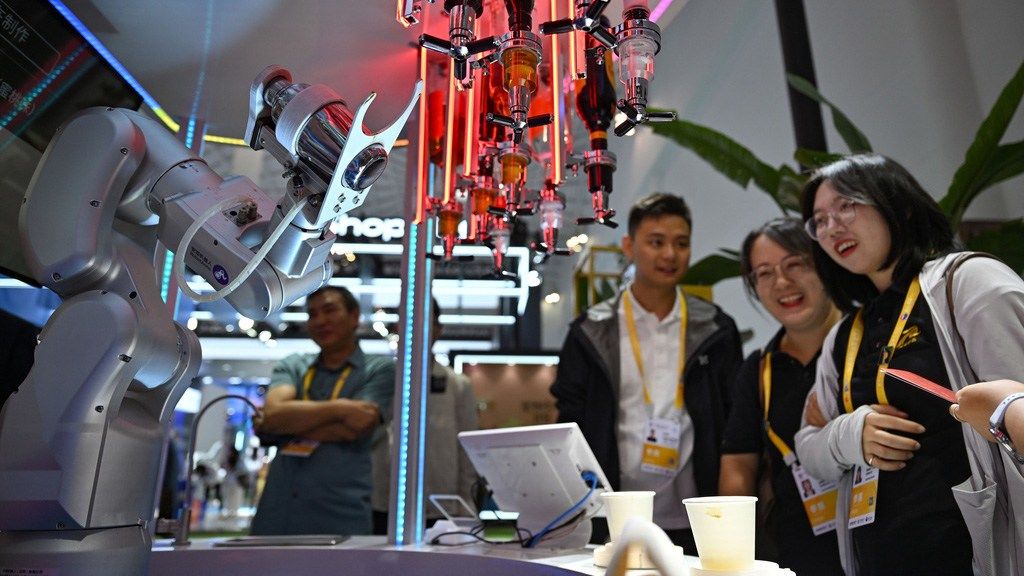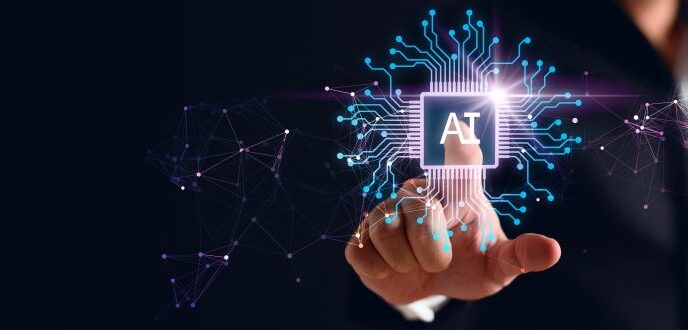China is racing to deploy generative AI and new tech at breakneck pace.
The world got a look at this “China speed” at Expo 2025 in Osaka. Tencent rolled out a contact-free biometric scanner. It uses palm prints and vein patterns to verify identity. No more cards or phones needed. China plans to use this for cashless payments and employee clock-ins.
Until recently, China bet big on facial recognition tech. WeChat Pay and Alipay used it for payments and building access. But masks during COVID and privacy concerns tanked that plan. Courts flooded with lawsuits. In 2021, China’s Supreme People’s Court set strict rules on facial data use. Explicit user consent became mandatory, plus other authentication options.
With facial recognition facing trouble, palm scanning is stepping up fast.
China’s strategy? Deploy first, regulate later. Technologies hit the market at speed, then get rules. The dockless bike-sharing system is a prime example: chaotic start, government stepped in with parking rules and maintenance mandates. Some tech like P2P finance got shut down after fraud issues.
AI-powered enforcement shows China’s bold approach. High-rise litterbugs get caught on AI cameras tracking thrown trash. Restaurants use AI to detect rodents or hygiene slip-ups. Construction helmets and factory inspectors get AI oversight too.
Generative AI is exploding since DeepSeek’s launch in January 2025. Some call it the generative AI “iPhone 4 moment.” Automakers, hospitals, schools, banks, manufacturers, and even governments are racing to deploy customized AI models.
But China’s hit-or-miss warps long-term innovation. The government backs mainly national priority projects, not wild, paradigm-shifting tech. In contrast, OpenAI in the U.S. goes after broader, riskier goals like artificial general intelligence. Japan is slow but steady. Its tech takes longer to hit the market, with fewer failures. Japanese firms are now working on China’s open-source AI models and might surprise.
China’s fast moves will pressure the U.S. and Japan. The question: who can balance speed and depth better?
Pictured: Tencent’s palm scan at the China Pavilion, Expo 2025, Osaka.














